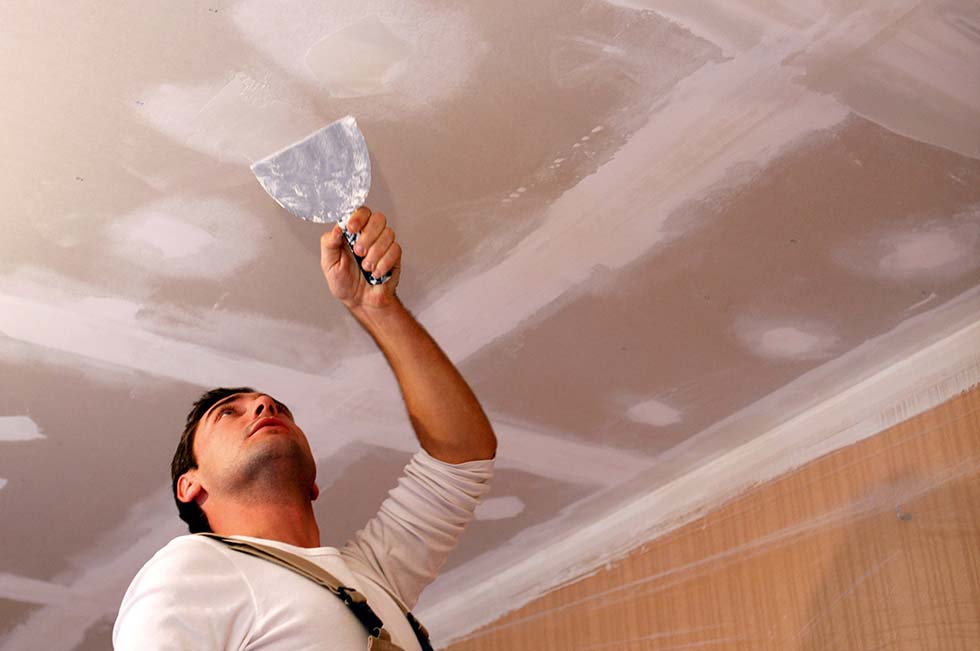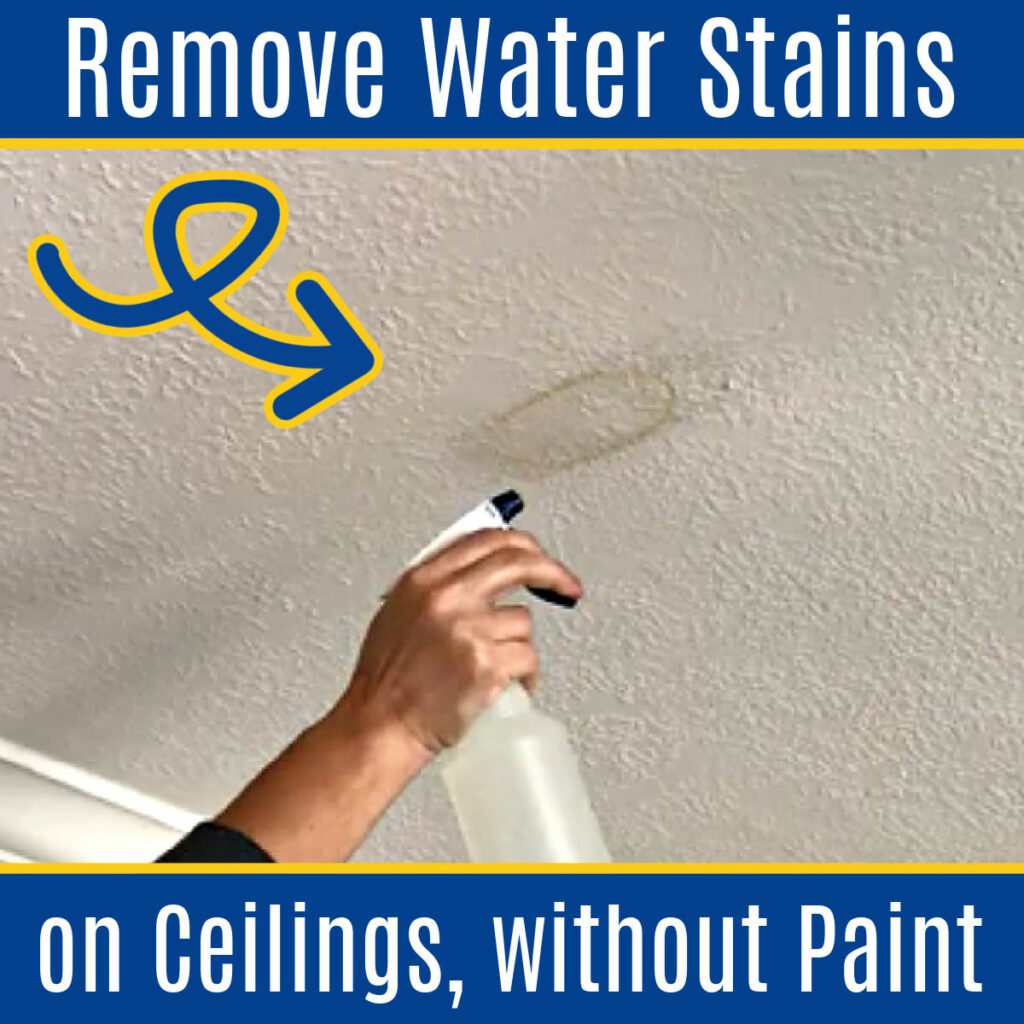Favorite Tips About How To Repair Ceilings

Be sure to drive screws into wood lath above.
How to repair ceilings. No problem.subscribe to lowe's youtube: Our guide helps to fix up to 50% of the cracks in your ceiling. And, we know they work!
To fix the leak, you'll have to locate the area of your ceiling that is leaking water. Allow joint compound to dry at least 24 hours. Need some tips for how to repair a wall or ceiling in your home?
Ceiling repair does not have to be difficult. Look for identifiable signs of moisture. Ceiling cracks can be an unsettling sight, and they often lead homeowners to wonder about the best way to address them.
Sign up to our newsletter. Enter the model number, and our ceiling fan manual. How to repair a ceiling damaged by leaks.
How to make a patch when you're repairing a ceiling. We aim to make it easy for our customers to find ceiling fan repair parts and replacement parts to get their fans up and running again. How to patch and repair a hole in the ceiling | diy | great home ideas.
Place a drop cloth beneath the work area, put on safety glasses, then use a utility knife to make a shallow cut around the damaged area. Here’s what the experts suggest. When to call a professional.
Be sure to center the hole between two joists. Learn how to patch a hole in the ceiling the best ceiling hole patch is fast + easy, everything you need to. Climb into the attic and remove the insulation from between the ceiling joists directly above the damaged drywall.
572k views 3 years ago #drywallrepair #ceilingrepair #drywallpatch. (see below for a shopping list and tools.)subscribe to this old. Repairing a damaged textured ceiling starts with replacing the damaged drywall underneath the texture.
Look for signs of water stains, dampness, or dripping, which will all help pinpoint the source more. Repair methods will vary depending on the type of plaster ceiling you have in your home. How to perform ceiling repairs.
To fix a ceiling crack, start by scraping away any loose material from the crack with a drywall knife. Always wear safety goggles and a dust mask. Inspect the area to determine the cause of the leak, such as a roof issue, plumbing problem, or a buildup of condensation.











.jpg)






